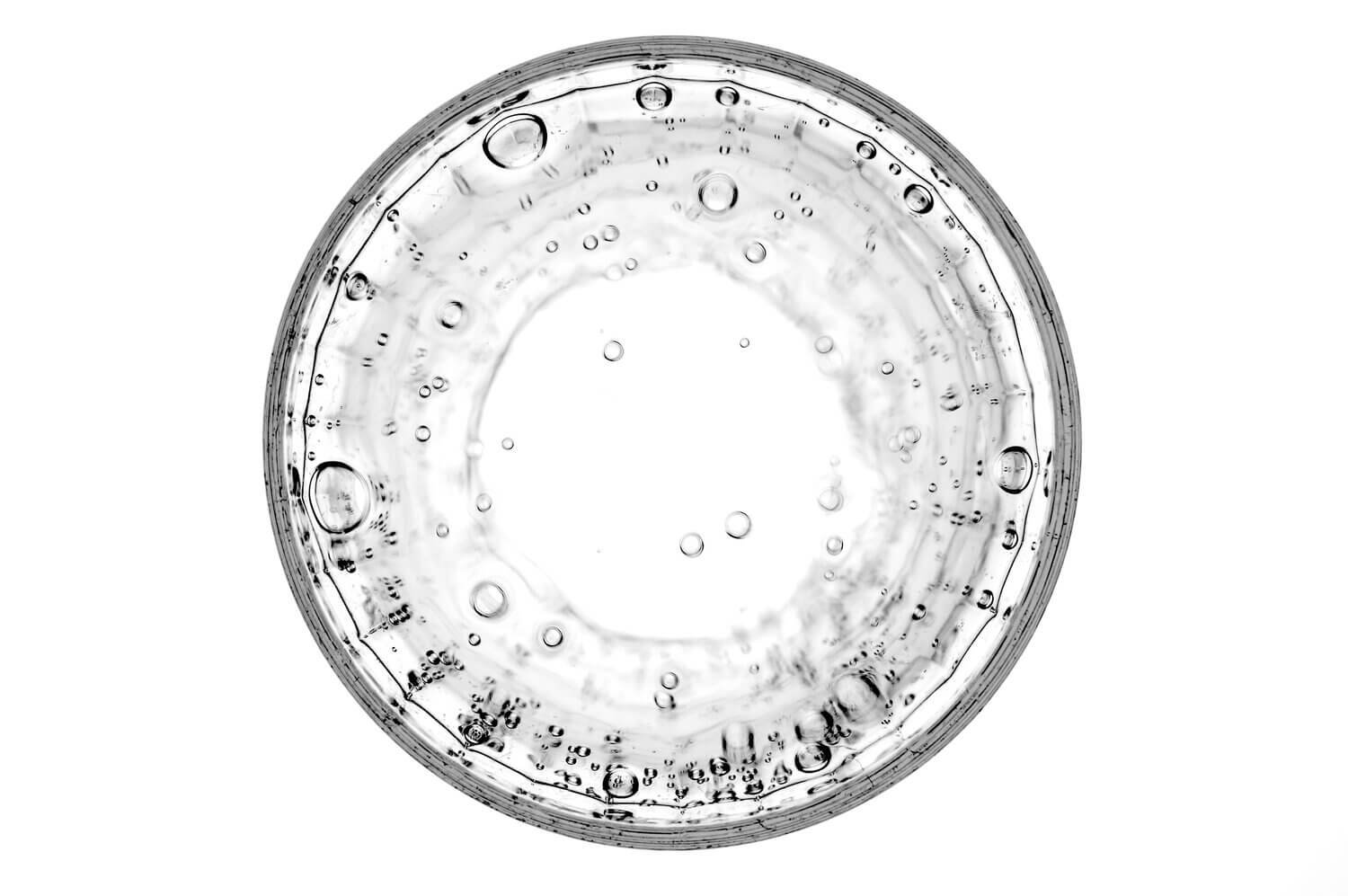Soda stream and menstrual cups
Last Friday, I was on a zoom call with some long term friends. I do not want to use the term old friends because I do not think any of us are old. Being who I am, with the career I have, the pelvic floor and pelvic health came up as it so often does! I am sharing two of the random and fun questions that came up during that call for all of you.
One friend has a soda stream and another is interested in buying one, so what is the scoop
My friend who has one raved. She loves the ease of having sparkling water available at all times and the cartridge lasts for a long time. Now, I had to step in. I could not have her rave about her soda stream without sharing that sparkling water, and all types of carbonation, can be very problematic. Here are the details. Carbonation is a bladder irritant. Is it a problem for everyone? No, but it is more likely to be a problem in larger quantities. Of course you are asking how do I know if it is a problem for me? Well, I am glad you asked. As a rule of thumb, as long as you are asymptomatic, you shoulder consume half your body weight in fluid. This means that if you weight 150lbs then you should aim to consume 75 ounces of fluid per day. Of your total fluid intake, at least 2/3 of that should be flat water free of artificial colors and sweeteners. This is what your cells need to function properly. For the example above, this means 50 ounces of flat water free of artificial colors and sweeteners per day. The remaining 25 ounces is your choice, as long as you are not experiencing urinary incontinence, urinary frequency, urinary urgency, bladder pain, or frequent urination at night. This ratio will help support healthy cellular function to keep your immune system fighting, your mind sharp, your heart pumping, and your muscles strong.
We also talked about menstrual cups
Franziska Neuhaus, Creative commons attribution-Share Alike 3.0 http://www.afriska.ch/
What are menstrual cups, how to use menstrual cups, and how to pick a menstrual cup. First of all, menstrual cups are amazing, but not everyone loves them on the first try. This is because everyone has different anatomy and there is a slight learning curve. I recommend the quiz at www.putacupinit.com to help figure out what brand, size, and style to try first. This quiz is really accurate for helping you get started, otherwise there are just too many options. Please note, after each pregnancy you may need a new and different cup style. Now for the learning curve, it can be a little tricky to figure out how to get a good seal, how to break the seal, and how to remove the cup without any spillage. It is best to practice a few times at home, until you get the hang of inserting and removing. The one safety tip to keep in mind is to avoid bearing down to bring the cup into reach. Some brands include this “tip” in their instructions, and then suggest pulling on the bottom of the cup until it comes out. We just do not know if it is really safe, and pelvic floor therapists generally agree that it should be avoided. We have limited evidence that use of menstrual cups with this practice could be a risk factor for pelvic organ prolapse. Instead, squeeze the bottom of the cup to break the seal, then remove the cup by pulling it down.
Hope you learned something, if you have any questions about these topics or anything else related to pelvic health please reach out and let me know.



